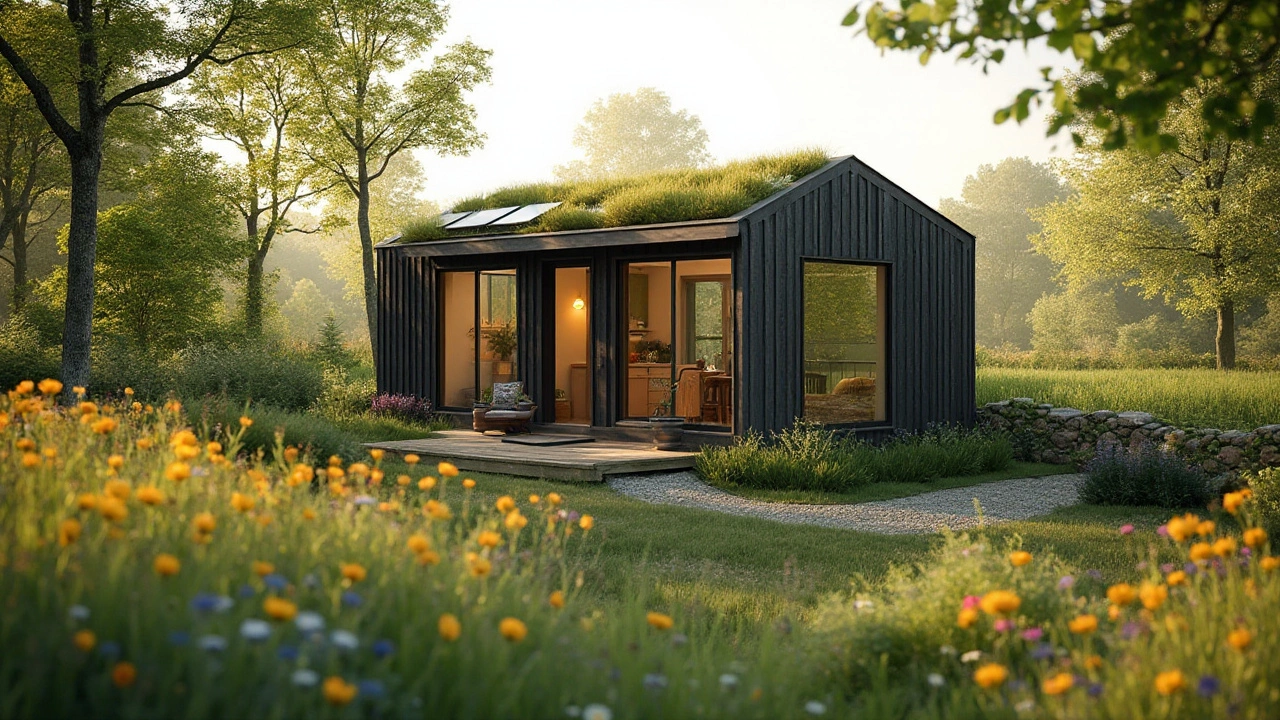
Tiny House Lifespan: How Long Do They Really Last?
Wondering if a tiny house can stick around for decades or if it’ll fall apart after a few years? The answer isn’t a simple yes or no. It depends on the materials you choose, how you treat the house, and where you park it. Let’s break down the real factors that decide how long a tiny home can live.
Factors That Influence Longevity
First off, the frame matters. A timber frame built with treated wood and proper studs can last 30‑40 years, while a metal trailer chassis often reaches 20‑25 years if you keep the rust in check. Next, the exterior skin—whether it’s wood siding, metal panels, or a composite—will handle weather differently. Wood needs regular staining; metal needs a good undercoat to avoid corrosion.
Insulation also plays a role. Poor insulation lets moisture get trapped, which can rot the structure from the inside out. Choosing breathable insulation like cellulose or mineral wool helps keep the walls dry and the house healthy. And don’t forget the roof. A well‑ventilated roof with quality shingles or metal panels can survive harsh Scottish weather for 20‑30 years.
Location is another hidden factor. A tiny house that sits on a permanent foundation in a dry climate will outlast one that’s constantly moved on a trailer and exposed to salty sea air. The more you move it, the more wear on the wheels, brakes, and connections.
Tips to Extend Your Tiny House Life
Keep maintenance regular. A quick visual check every season can spot leaks, rot, or rust before they become big problems. Clean gutters, seal any cracks, and touch up paint or stain as needed. These small steps add up to years of extra life.
Control moisture. Use a dehumidifier in damp months, install proper ventilation fans, and make sure the foundation has a moisture barrier. Dry air means less chance of wood warping or mold growing.
Upgrade wisely. If you’re planning a remodel, opt for durable materials like fiber‑cement siding or insulated metal panels. They cost more upfront but save you from frequent replacements.
Finally, protect the foundation. If you’ve set the tiny house on piers or a slab, make sure the ground stays level and drains water away. A stable base prevents shifting that can stress the frame.
Bottom line: a tiny house isn’t a short‑term fad if you treat it with the same care you would a full‑size home. With the right build choices and a bit of regular upkeep, you can easily enjoy 20‑30 years or more of comfortable, sustainable living.
